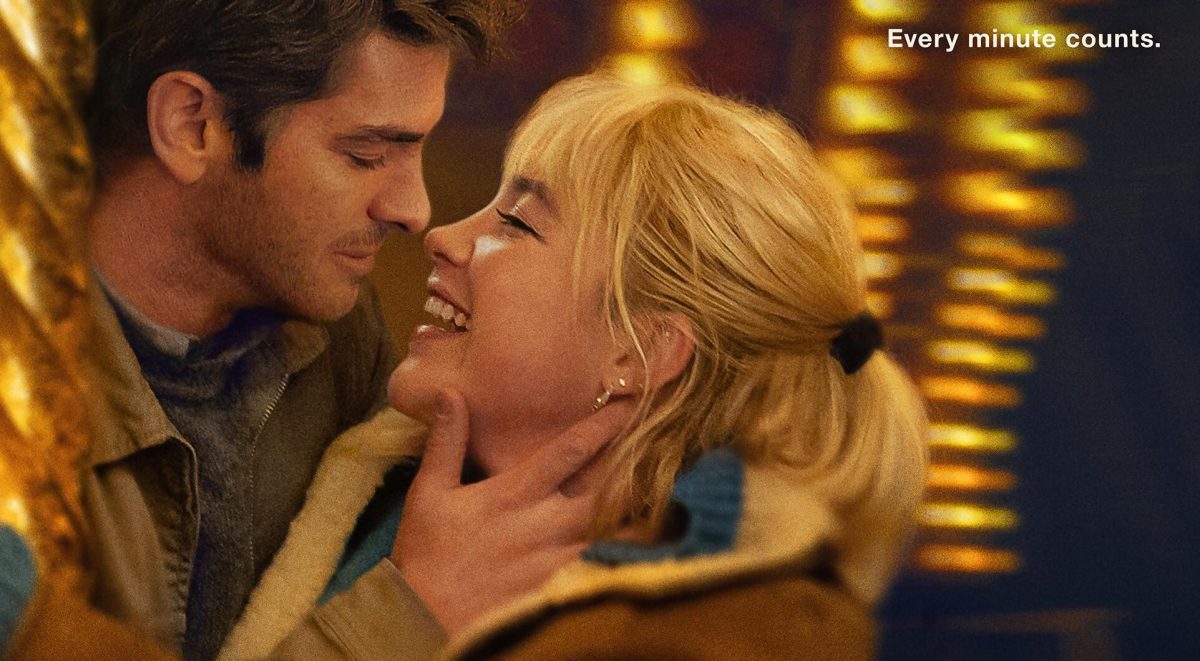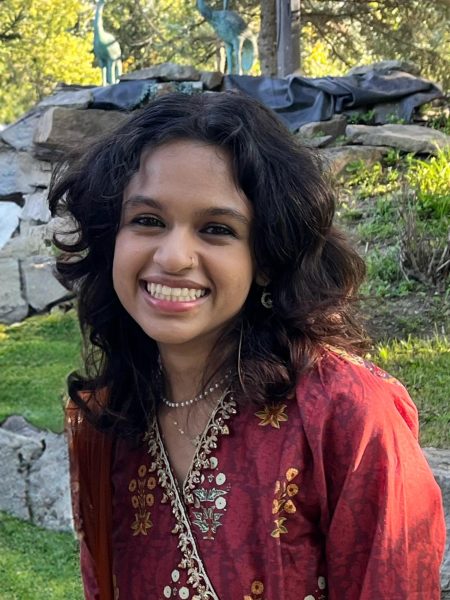The first moments in John Crowley’s “We Live in Time” are quiet. Almut, an up-and-coming chef, is on a run. She stops to pick some flowers and leaves and gathers eggs from her chickens. It is uncertain to the viewer what she is doing at first. But then, she starts to cook breakfast, we are introduced to Tobias, and then the story begins.
Love and Resilience
“We Live in Time” is a deep and realistic exploration of love and the complexity of human relationships. It is about sacrifice and resilience and, of course, time. The film shows a decade-long journey shared by two individuals deeply in love as they navigate life’s highs and lows together. John Crowley taps into what it means to be in a long-term, committed partnership. Crowley has created a narrative that can resonate universally by depicting the unpredictability and growth that love demands.
“We Live in Time” follows the lives of two people whose bond is shaped by joy, patience and life changes. It is both delicate and unflinching in its portrayal of love. Love is about sacrifice and what you would do for another person, what Tobias and Almut would give up for each other. This film acknowledges that love isn’t only happiness; true love is built in moments of sorrow and hardship. It doesn’t shy away from the messiness of life and the question of what love exactly is. It portrays the ebb and flow of commitment in an incredibly raw and genuine way.
Performances With Emotional Depth
The performances are as strong as the story itself. Both lead actors bring authenticity to their roles which deepens the narrative’s emotional impact. Florence Pugh and Andrew Garfield are incredible actors with amazing chemistry, allowing the viewer to fully invest in their life journey. They endure major life transitions, from the carefree youth to the brutal realities of adulthood. Each and every scene feels intimate, capturing both the quiet beauty and the devastating pain of love.
The film’s score, composed by Bryce Dessner, heightens the emotional sincerity of the story. Dessner’s music complements the narrative’s ups and downs, creating a haunting yet beautiful score to the characters’ lives. Every note is intentional, just like how each pivotal moment in the couple’s journey changes their lives.
The film’s cinematography mirrors the emotional state of the characters: soft, golden moments of joy which then contrast with muted, dull tones during hardship. The camera lingers on small details: hands held, glances exchanged, tears shed. This visual language works in tandem with the narrative in order to create a deep understanding of love and intimacy.
A Raw and Honest Portrayal of Commitment
“We Live in Time” resonates so deeply with the audience because it is authentic. Realistically, it doesn’t offer easy answers or a resolution tied up nicely, just like how real life doesn’t offer that. Instead, the film acknowledges the messiness of human connection. How love can be simultaneously the most amazing and the most painful part of life? Resilience in the face of adversity can deepen connections between people, and endurance through pain can lead to a stronger partnership.
In its exploration of the unpredictable, ever-changing landscape of life, “We Live in Time” finds beauty in both the mundane and the extraordinary, as long as they are together. The film doesn’t claim to be a perfect reflection of any one relationship, but it captures universal realities of love that can resonate with audiences. Beautifully acted, meticulously directed and accompanied by a deeply moving score, “We Live in Time” is a standout in the romance genre, offering a raw and honest portrayal of the highs and lows of love.



